Your Child Will Learn
Exploring the properties of water, sand, dirt, and rocks through play
Here’s What to Do
- Head outside to a backyard, park, or sandbox wearing clothes you can get dirty and wet in. Bring props for your mud kitchen: plastic bowls, spoons, measuring cups, funnels, etc.
- Use a hose or water fountain to fill some containers. Bring your supplies to a spot with dirt, sand, small rocks, or wood chips.
- Encourage your child to mix the water with dirt, sand, and wood chips. Can they make mud pies, sand cupcakes, or rock soup? How does their mixture change as they add more ‘stuff’ or more water into it?
- If possible, have your child help clean up with a hose or a sink when you’re done.
Put PEER Into Action
PAUSE
- As you get ready, tell your child it’s okay if they get wet or muddy, it’s part of the fun!
ENGAGE
- “What’s cooking in our mud kitchen today? What pretend things can you cook with water and dirt?”
- “What happens if you add more sand to the bowl? What happens if you add more water to the bowl?”
ENCOURAGE
- “Hmmm…. It looks like you want to make a mud pie that’s more solid. What do you think you need to add to the mixture to make it less runny?”
- Try to fight your impulse to keep your child clean (if you can!). The sensory play and exploration is part of the learning, and sometimes it will get messy.
REFLECT
- How does water change when you mix things into it?
Not Quite Ready
Try this kind of play in a more controlled environment- like a sandbox or plastic storage bin filled with water.
Ready for More
Use sand, rocks, and twigs to build a mini mountain inside a shoebox or plastic storage bin. What happens when you pour water down the mountain?
As Your Child Masters This Skill
They will have a better understanding of the properties of earth’s materials.
Time to Complete
30 minutes
Materials Needed
Water, dirt/sand/wood chips/small rocks, plastic props for your mud kitchen (like bowls, spoons, measuring cups, funnels, etc.)
